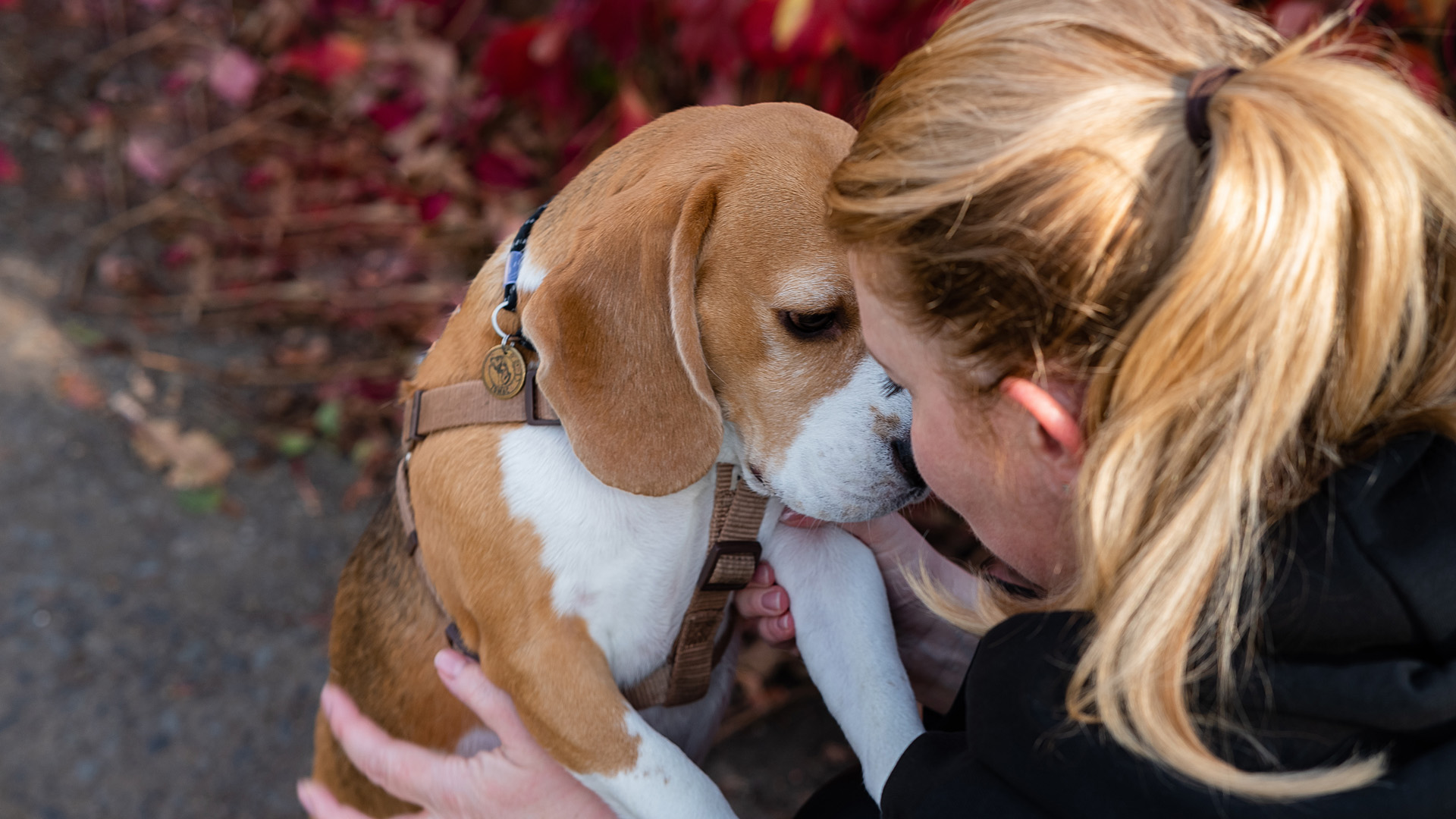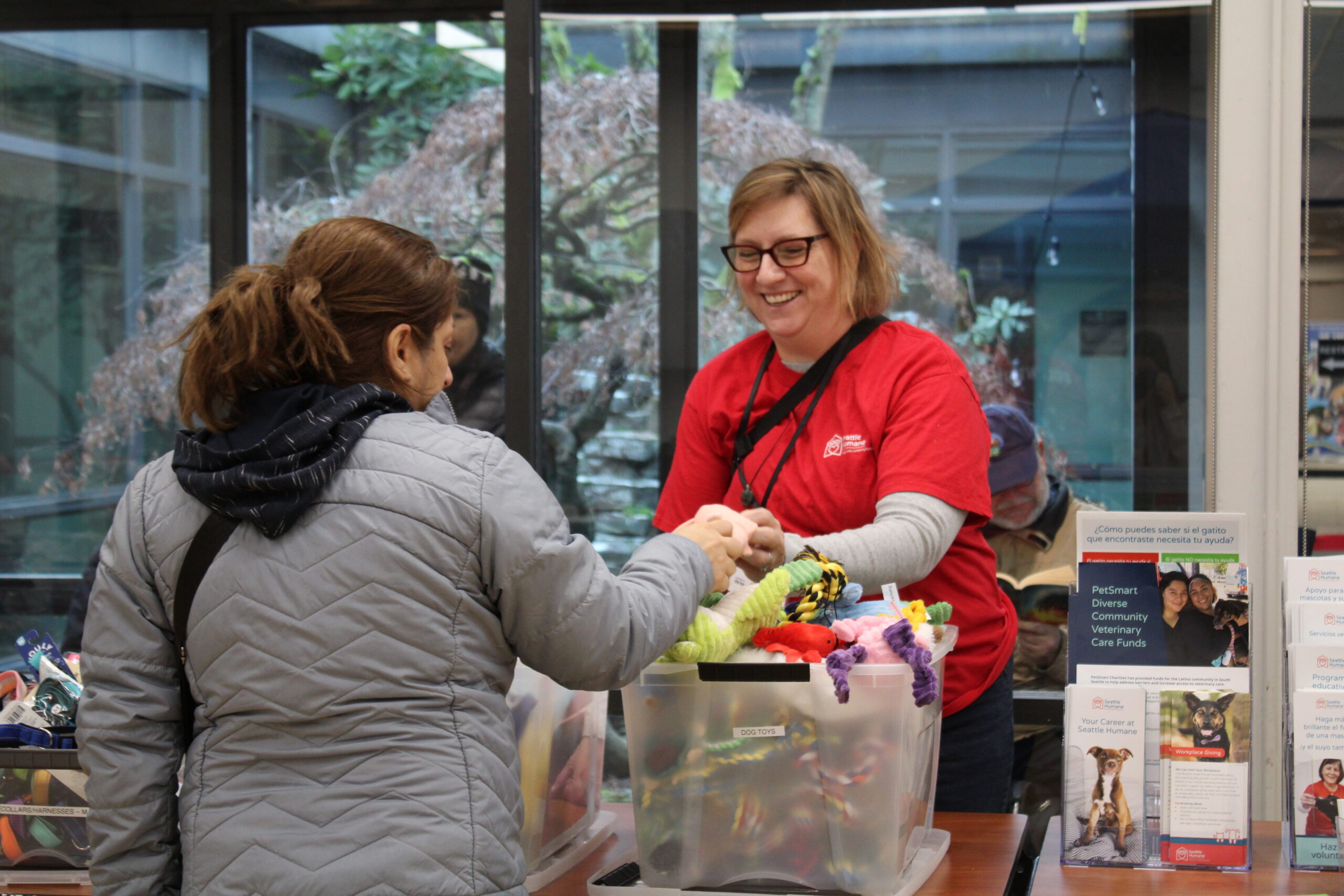Growing up in rural southern Oregon, my family always had a German shepherd in our home. When I was young, I remember visiting a family friend who also had a German shepherd. I made the all-too-common mistake of assuming that since my family dog tolerated hugs, this dog would as well. I was wrong. I found out the hard way when I received a memorable bite to the face. Fortunately, the bite was shallow and the damage was minimal.
After over a decade as a certified dog trainer, I now know what my family could have done differently to prevent that situation. Here’s what you and your loved ones need to know about dog bites and how to prevent them.
The facts about dog bites
According to the Centers for Disease Control and Prevention (CDC), more than 4.5 million people are bitten by dogs in the United States every year, and one in five of these people will require medical attention. Children under the age of nine are at the greatest risk of sustaining a dog bite, and far more likely to be seriously injured. Bites to children typically occur during normal everyday activities with dogs known to them. Any dog can bite! Breed, age and size do not determine whether a dog will or will not bite.
Dogs bite for a large variety of reasons, including:
-
- Fear stress and anxiety
-
Resource guarding (food, toys, babies, property)
-
Lack of socialization
-
Feeling cornered, inability to flee
-
Experiencing pain or discomfort
Strategies for reducing dog bites
Supervise children closely when they are around dogs, whether the dog is your family pet or not. Using safety gates or baby gates inside your home can be a great way to ensure your child is safe when you might need to take your eyes off of them. Gates can also ensure that your dog has a safe place to rest and retreat when needed.
Learn about dog body language. Dogs primarily communicate through body language. We often miss the early warning signs that a dog is going to bite and only take notice once a bite has happened. Most dogs will give ample warning signs and look for other ways to resolve upsets prior to biting. Learn some quick tips about understanding your dog’s body language in this short video from Fear Free Happy Homes.
To learn more about how dogs communicate and learn, sign up for Seattle Humane’s Behavior Basics Seminar.
Teach your children about dog safety. Teaching your little ones how to safely interact with dogs is a wonderful opportunity to talk about body autonomy with them. Teaching kids to be gentle when touching dogs, not hugging or hanging onto them is just as important as teaching them not to approach strange dogs in public without asking first. Learn more about dog safety in this kid-friendly video from Good Dog in a Box.
Keep dogs on leash while outside your home. Not only do leashes keep dogs safe from dangers like cars, but they also help keep children safe! In the Pacific Northwest, we are blessed with many wonderful off-leash dog parks for your dog to get out their zoomies!
Start socializing puppies as young as possible! Socializing young puppies to the world around them is more important than most people realize. Puppies under 12 weeks are in what is commonly referred to as the “critical socialization” period. During this period, everything they experience becomes generalized, which is a fancy way of saying normal!
Learn more about puppy socialization best practices through the guidelines from the American Veterinary Society for Animal Behavior (AVSAB).
And for extra support during this formative time in your puppy’s life, our team of certified dog trainers is here to help! Sign up for Seattle Humane’s puppy training classes!









